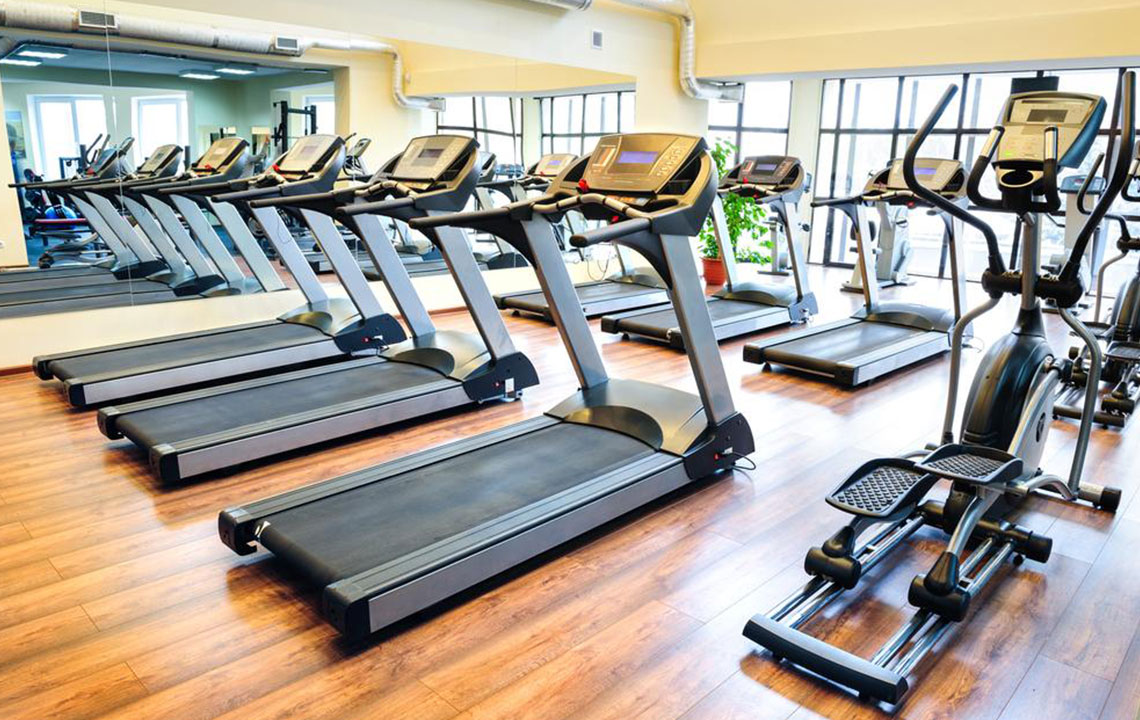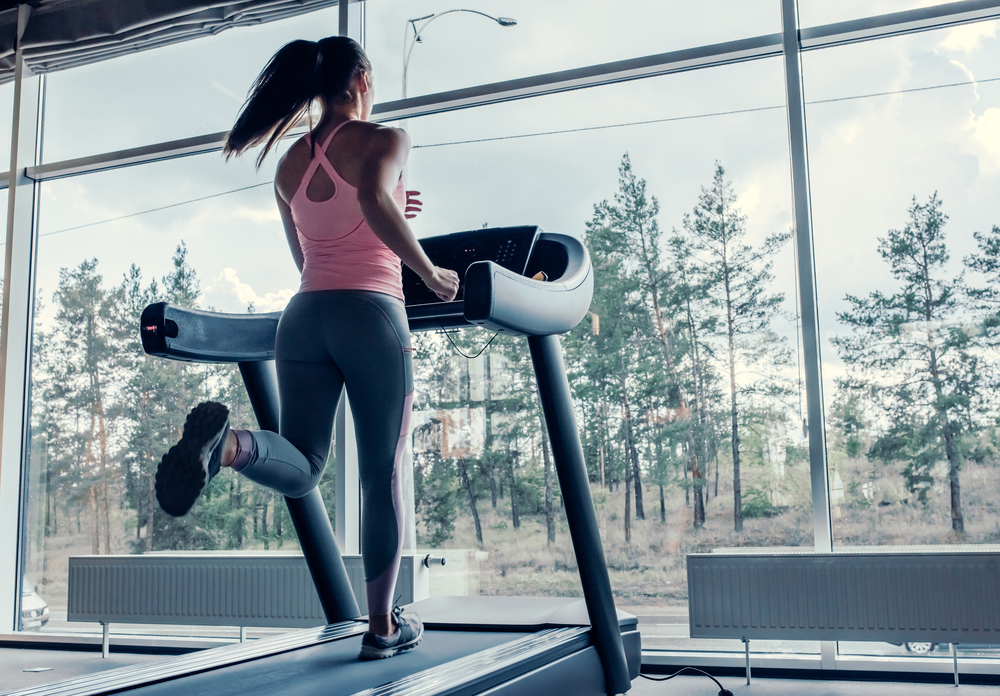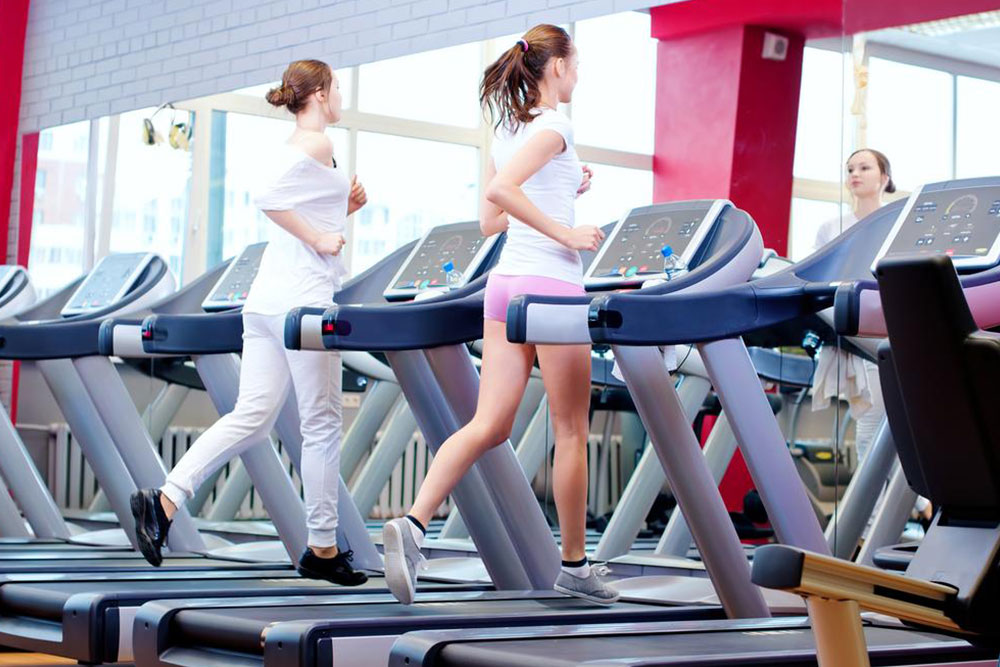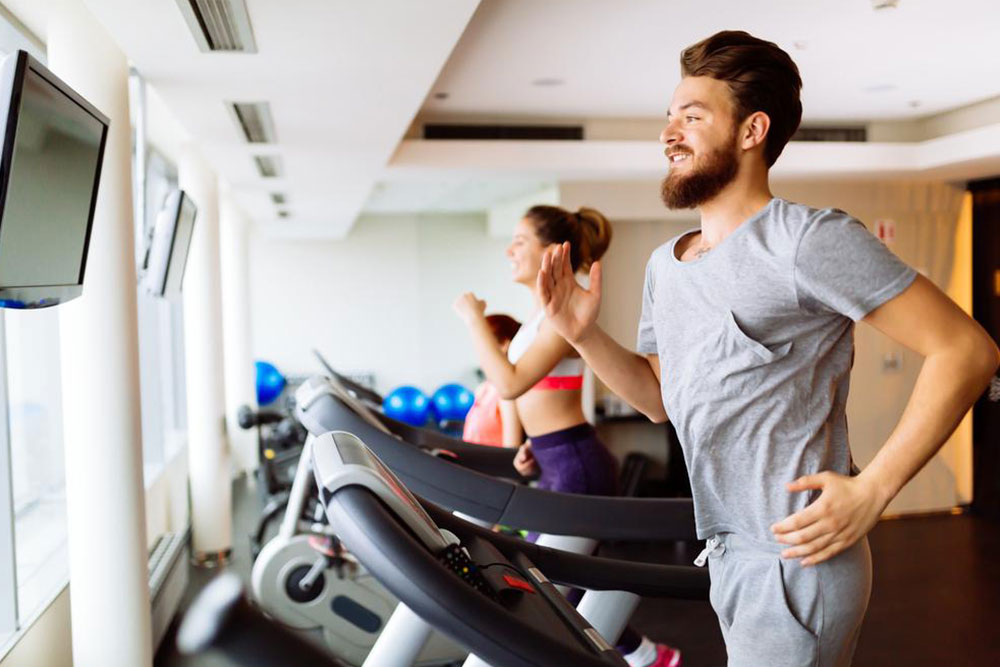Essential Guide: Key Factors to Consider Before Buying a Treadmill
Choosing the right treadmill requires understanding key factors like cost, biomechanics, and workout variation. This detailed guide explores considerations such as budget options, biomechanical differences from outdoor running, and strategies to prevent workout monotony, ensuring you select a treadmill that aligns with your fitness goals and lifestyle for sustainable health benefits.

Essential Guide: Key Factors to Consider Before Buying a Treadmill
Investing in a treadmill for your home fitness setup can be an excellent way to ensure consistent aerobic exercise, improve cardiovascular health, and stay active regardless of weather conditions. As one of the most popular and convenient exercise equipment options, treadmills are favored by beginners and seasoned athletes alike. However, before making a purchase, it's crucial to understand the various factors that influence the suitability and longevity of your investment. This comprehensive guide will walk you through the critical aspects to evaluate so you can choose a treadmill that best fits your fitness goals, budget, and lifestyle.
Cost and Budget Considerations
The price range for treadmills varies significantly depending on features, build quality, and brand reputation. Budget-friendly models often fall within the $300 to $700 range. While affordable, these tend to have limited durability and fewer advanced features, possibly necessitating early replacement or repairs. They may also lack sturdy frames, smooth motor operation, or comprehensive console options, which can affect your workout experience and safety.
On the other end of the spectrum, high-end commercial or premium home-use treadmills cost between $2,000 and $7,000. These models are equipped with sophisticated features such as larger running decks, customizable workout programs, heart rate monitoring, and better cushioning systems. They also generally require higher maintenance costs, including regular lubrication, belt replacements, and motor servicing, which can add to your long-term expenses. Additionally, motorized treadmills consume electricity, so it's important to consider the impact on your utility bills when opting for more powerful or feature-rich models.
When selecting a treadmill based on cost, consider your long-term needs. Cheaper models might save initial expenses but could lead to higher costs down the line if they require frequent repairs or replacements. Conversely, investing in a mid-range or high-end treadmill might provide better durability, a more comfortable workout experience, and enhanced safety features, making it more cost-effective over time.
Understanding the biomechanics and Running Experience
The biomechanics of treadmill running differ considerably from outdoor running, which affects user comfort, efficiency, and injury risk. Outdoor running involves resistance from wind and varied terrain, which naturally engages different muscle groups and challenges your balance and coordination. In contrast, treadmill running eliminates wind resistance but introduces other dynamic factors that impact biomechanics.
For example, the resistance from the treadmill belt relative to outdoor conditions can make running feel slightly different, sometimes by as much as 2 to 10 percent depending on your speed. Experienced runners typically take longer strides on a treadmill because the consistent surface encourages a more extended gait, while beginners might struggle with maintaining proper form or may unconsciously lean forward or shift more weight onto one leg.
It's important to note that these posture changes and stride variations can influence running efficiency and energy expenditure. Poor posture, such as leaning forward excessively or not maintaining an upright torso, can lead to inefficient movement patterns, increase injury risk, and reduce the overall effectiveness of your workout.
To optimize your treadmill workouts, focus on maintaining proper posture, engaging core muscles, and setting appropriate speeds that mimic your outdoor running stride as closely as possible. Some advanced models offer adjustable incline and cushioning features designed to simulate outdoor terrain, which can help improve biomechanics and make treadmill running more natural.
Addressing Workout Monotony and Environmental Factors
One common challenge associated with treadmill workouts is the potential for monotony. Repeating the same routine daily in an unchanging environment can lead to decreased motivation and a decline in workout consistency. Unlike outdoor environments that offer scenic variety, changing terrains, weather conditions, and natural stimuli, a treadmill provides a static setting with limited visual engagement.
This lack of variety can make workouts feel tedious over time, reducing your enthusiasm for regular exercise. To combat this, many users incorporate interval training, varying speeds, inclines, or incorporating heart rate zones into their routines. Additionally, some treadmill models come with built-in entertainment options like screens for watching videos or listening to music, which can help make workouts more engaging and enjoyable.
Another important aspect to consider is that treadmill running does not replicate the environmental challenges encountered outdoors, such as uneven surfaces, slopes, or obstacles. These elements are vital for developing coordination, proprioception, and adaptability in real-world conditions. While treadmill training builds cardiovascular fitness, it may not fully prepare you for outdoor running or other activities that require navigating varying terrains.
To maximize training benefits, incorporate outdoor runs periodically if possible, or utilize treadmill incline features to simulate hills. Cross-training activities, such as strength training or cycling, can also complement treadmill workouts, promoting balanced muscle development and enhancing overall physical adaptability.




